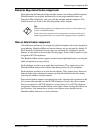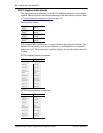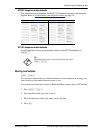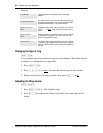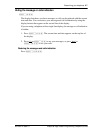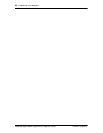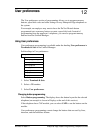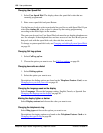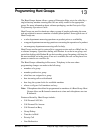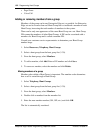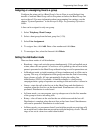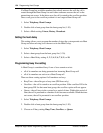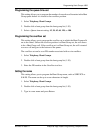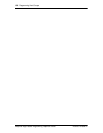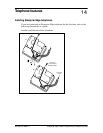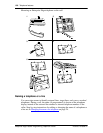
P0908510 Issue 01 Enterprise Edge Feature Programming Telephone Guide
Programming Hunt Groups
The Hunt Groups feature allows a group of Enterprise Edge sets to be called by a
single directory number ensuring that calls are easily routed to the appropriate
group. For more information about software packaging, see the Enterprise Edge
Programming Operations Guide.
Hunt Groups are used in situations where a group of people performing the same
task are required to answer a number of related phone queries. Some typical uses of
Hunt Groups are:
• a sales department answering questions on product prices or availability
• a support department answering questions concerning the operation of a product
• an emergency department answering calls for help.
Hunt Groups can be used to route calls to a support service such as a Help Line for
a software company. Specialists dealing with Product A can be in one group, and
specialists dealing with Product B can be in another group. Incoming calls hunt for
the next available set in the group. If no set is available, the call can be placed in a
queue or routed to an overflow set.
The Hunt Groups subheading in Resources, Telephony is the area where
programming changes are made to the following:
• members of a group
• member position in a group
• what lines are assigned to a group
• how incoming calls are distributed
• how long the system looks for available members
• where a call goes if all members are busy
Note: Videophones should not be programmed as members of a Hunt Group. Hunt
Groups allow one B channel connection at a time and videophones use two
B channels.
Features affected by Hunt Groups include:
• Call Forward All Calls
• Call Forward No Answer
• Call Forward on Busy
• Group Pickup
• Transfer via Hold
• Priority Call
• Line Redirection
13



